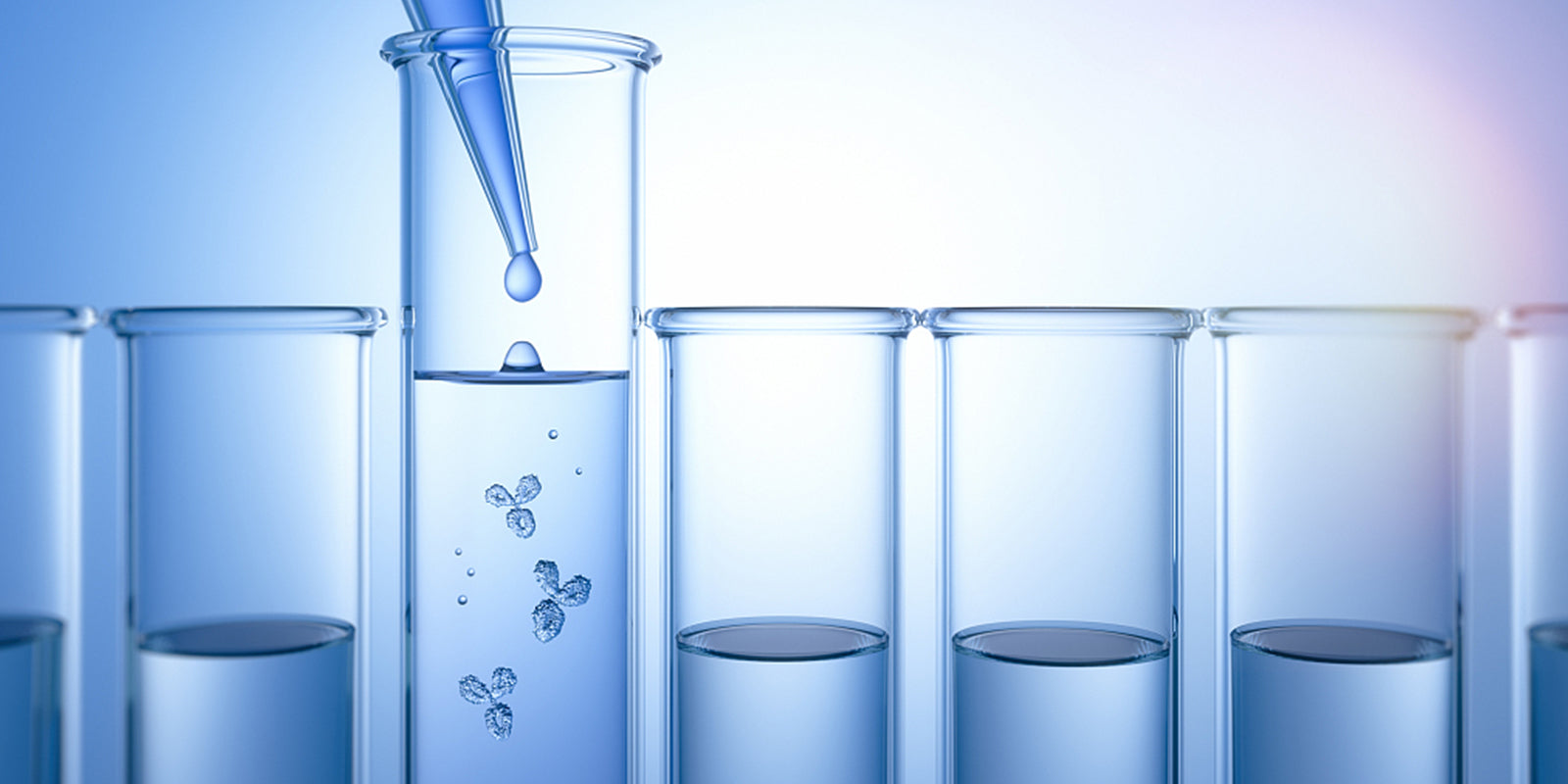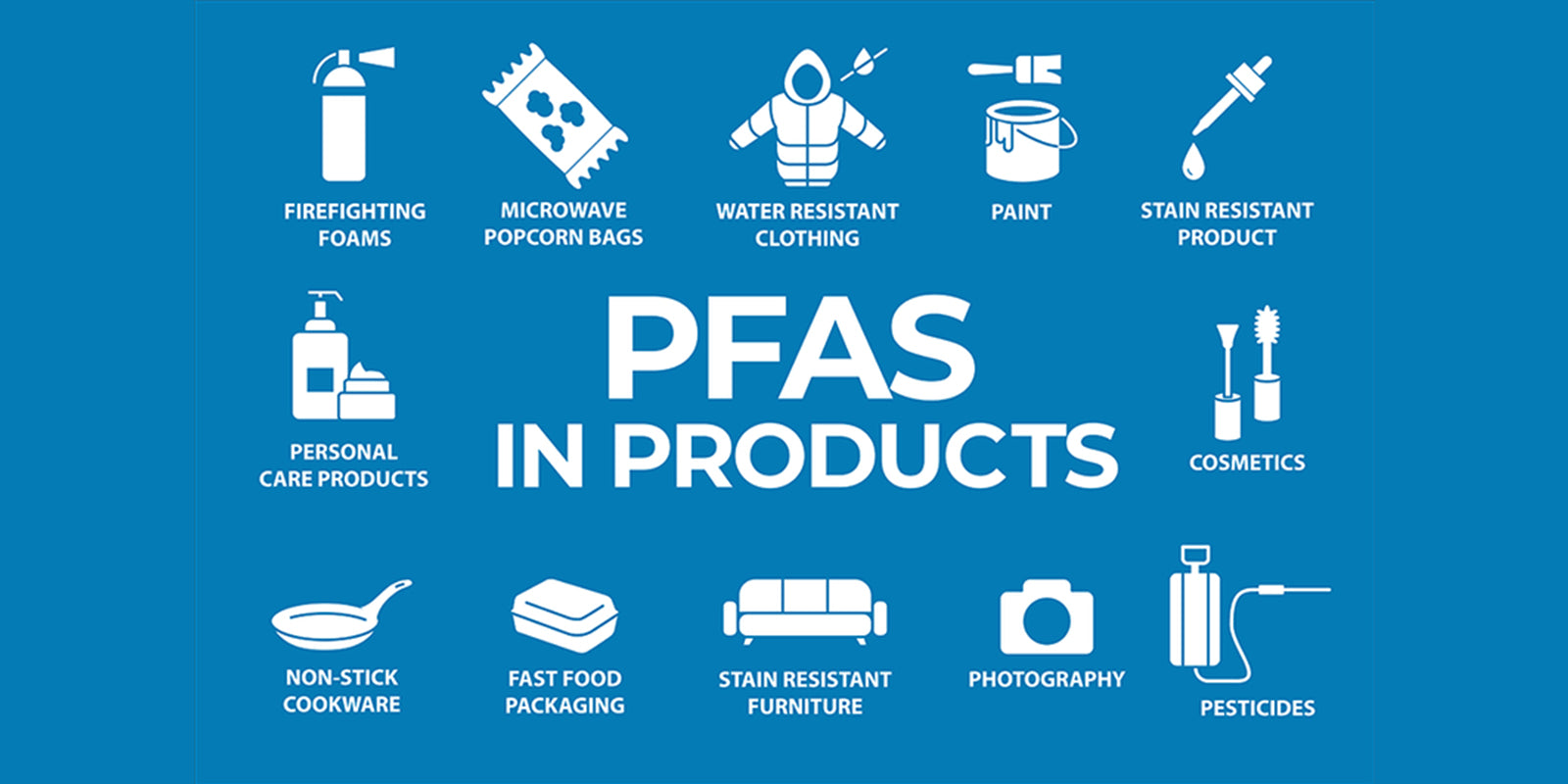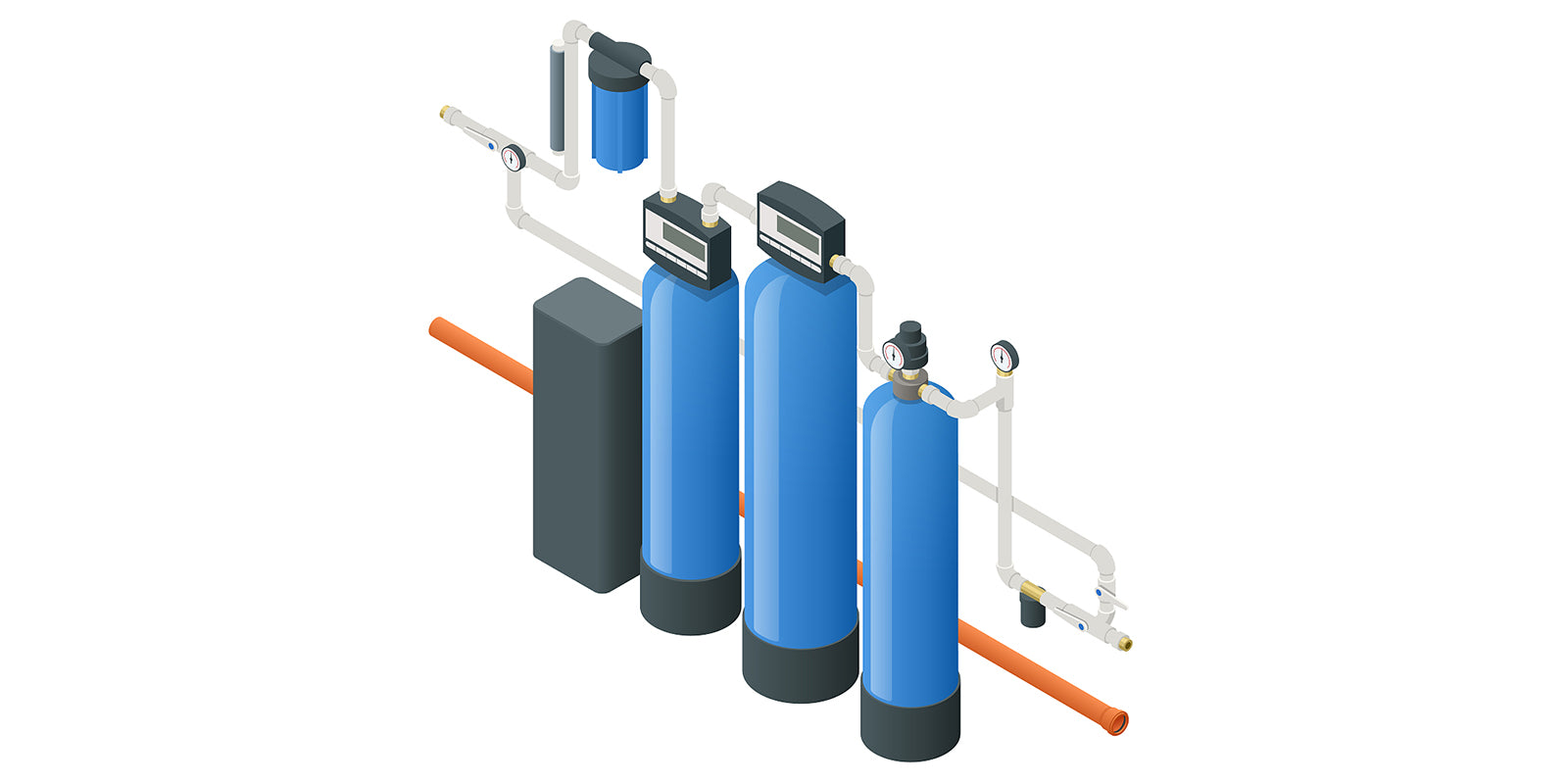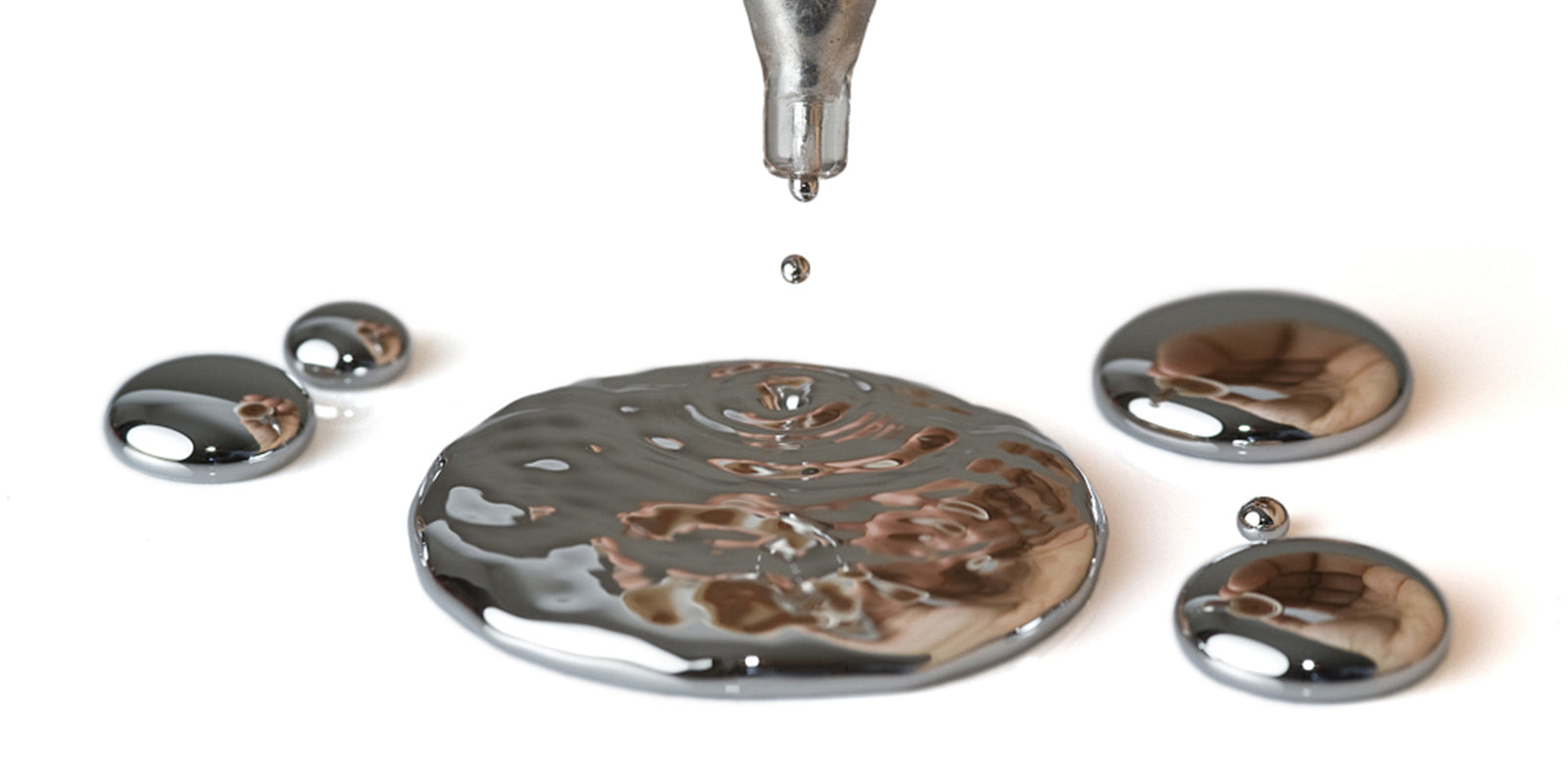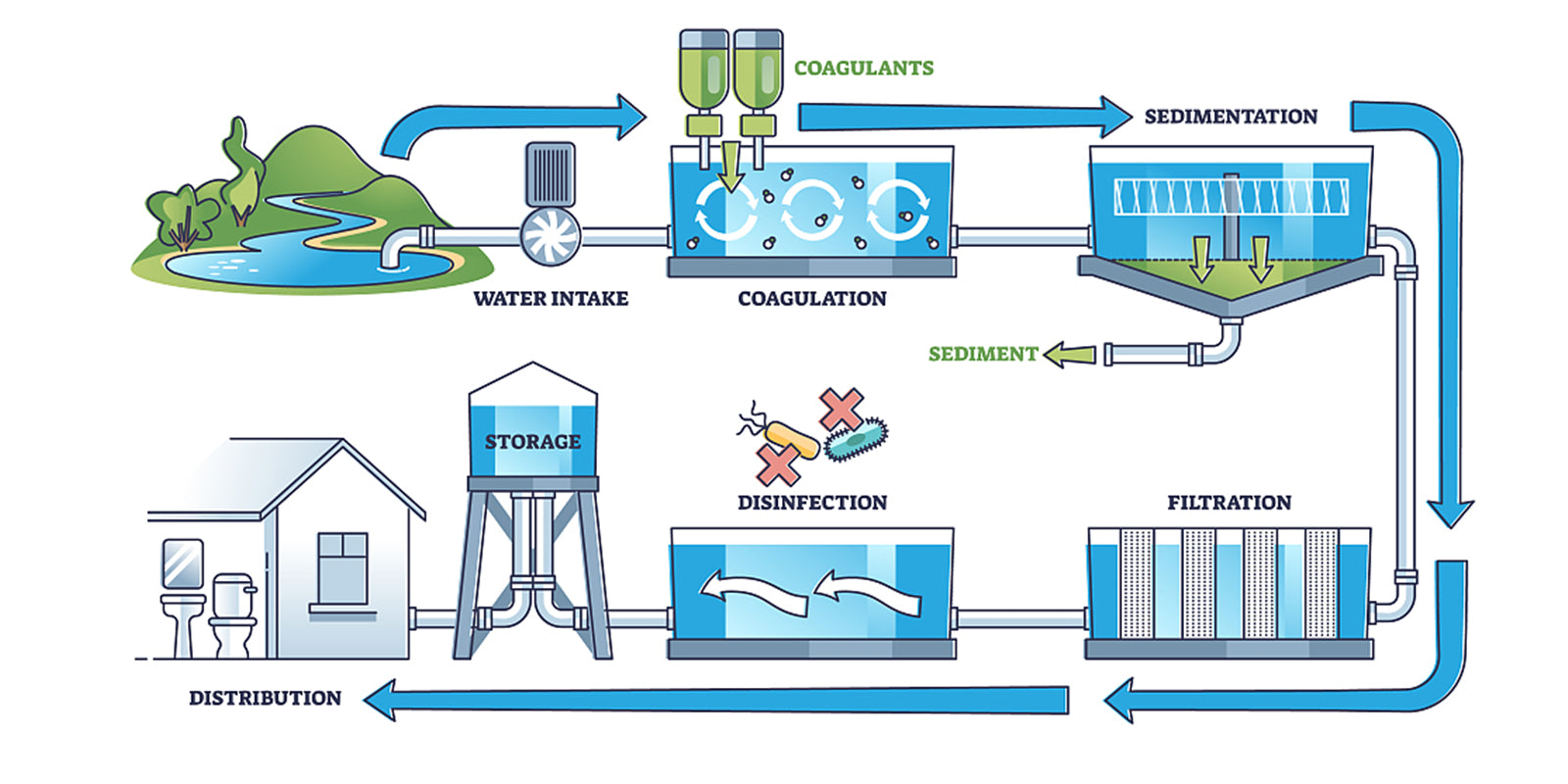Are your tap water safe enough? There are a number of reasons you might decide to have your water tested, whether you’re connected to a public water supply, you’re suffering from hard water issues, or you use untreated well water. It’s important to know the different options for water testing, as well as what things you should be looking for in your water. This article will show you all the things you should know about water testing.
Why test your water quality?
Water is vital to life. But water that has contaminants can cause adverse health effects. Types of water contaminants include physical contaminants (such as sediment), chemical contaminants (such as nitrogen, pesticides and salt), biological contaminants (such as viruses and bacteria) and radiological contaminants (such as uranium).
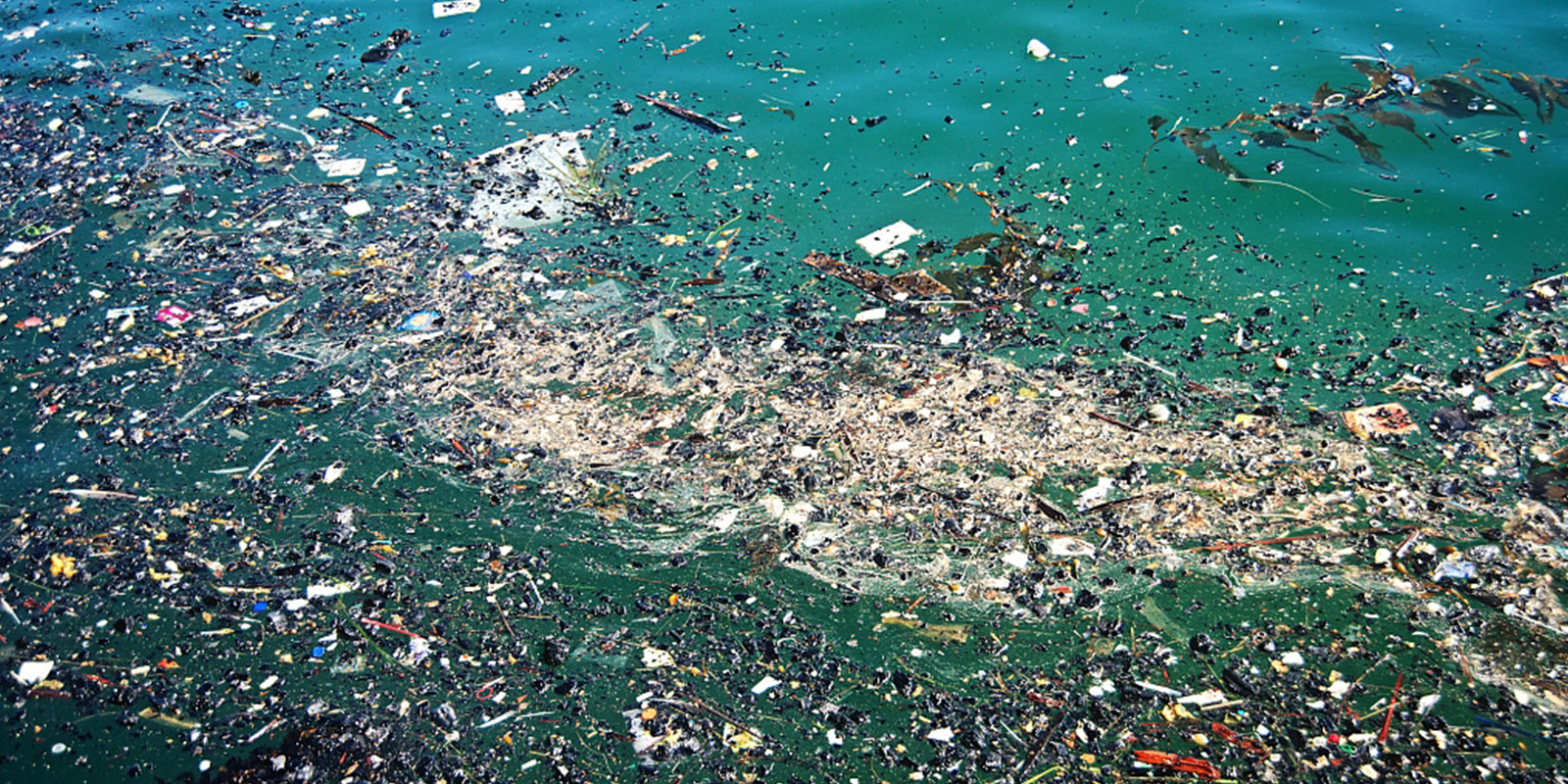
These contaminants that may not only be harmful to human health but can potentially cause issues like plumbing damage, hard water stains, and more. While the water source and local health department regulations may impact the quality, water quality testing can also be essential to determine whether you need a water filter, and choose what kind of filters, like the Reverse Osmosis System or carbon filter.
How to test water quality?
Color, Taste, and Odor Test
The first and most visual way to assess this is by sight, taste and smell. To assess the odor, color and taste of tap water, compare each indicator to what you would observe in a distilled water sample. If your home drinking water has an unpleasant odor, color, or taste compared to distilled water, your home drinking water supply may be contaminated.
Water Hardness Test
The hardness of water describes the total concentration of dissolved calcium and magnesium solids in the water sample. If the hardness of water is to be tested, the following methods can be used:
1) Pour tap water into a long-handled spoon or large ladle
2) Place a spoonful of water on the counter and leave it undisturbed for 24 to 48 hours
3) After the water evaporates, see if there are any white spots or sticky residue in the spoon
4) If you observe residue after the water has evaporated, you may have a hard water problem in your home. Filtering hard water is critical to a safer water supply.
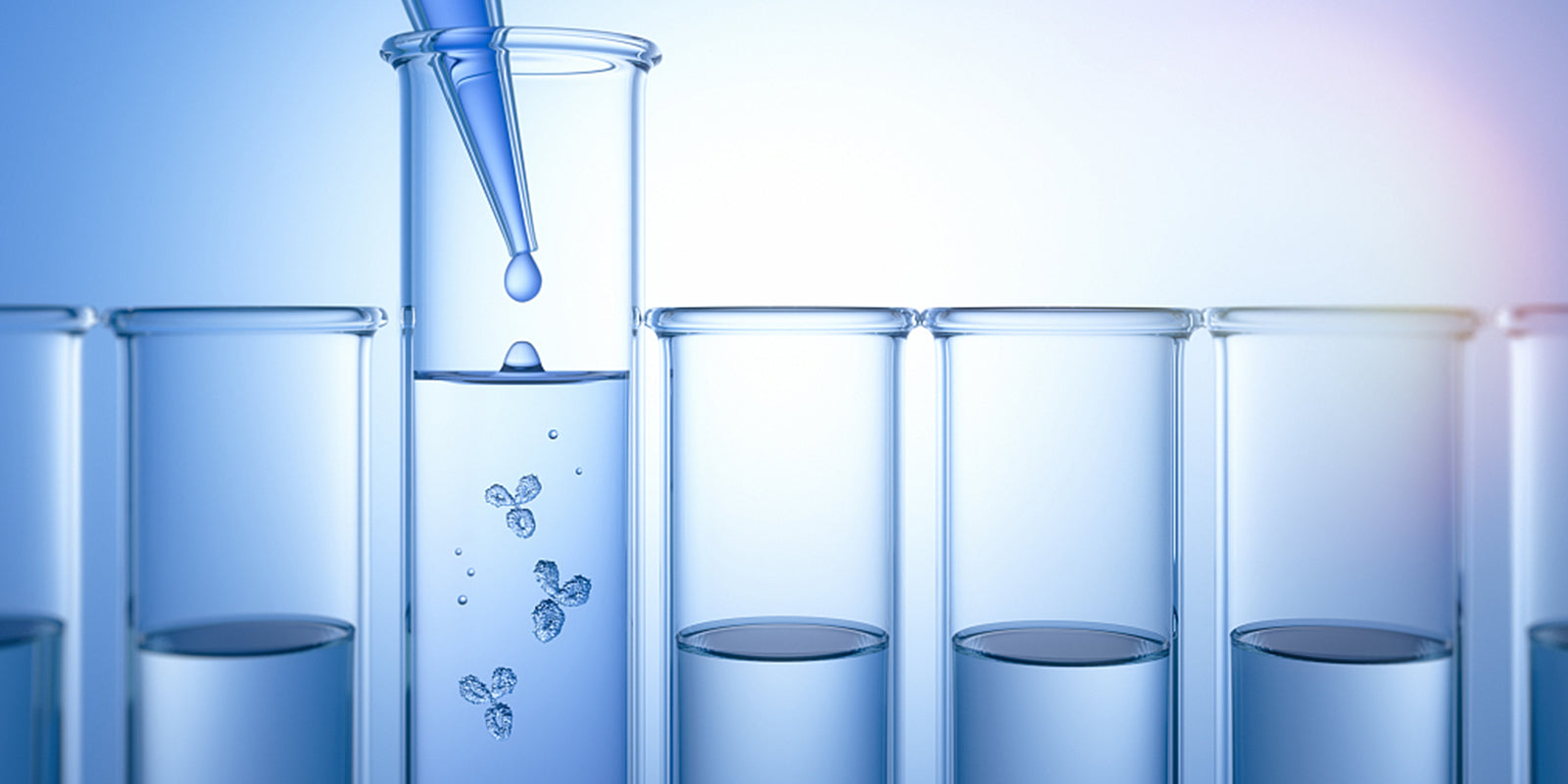
Boiling
Boiling is also a water quality test often used in the home , all you need to do is thoroughly clean and dry a small pot or saucepan, then fill the pot with water and place the pot on the stove top and heat the water without a lid until it comes to a boil. Once most of the water has evaporated, turn off the heat. Wait for the pot to cool completely then run your fingers along the bottom of the pot. If you feel a gritty, sticky or chalky residue, your home water supply contains dissolved solids.

